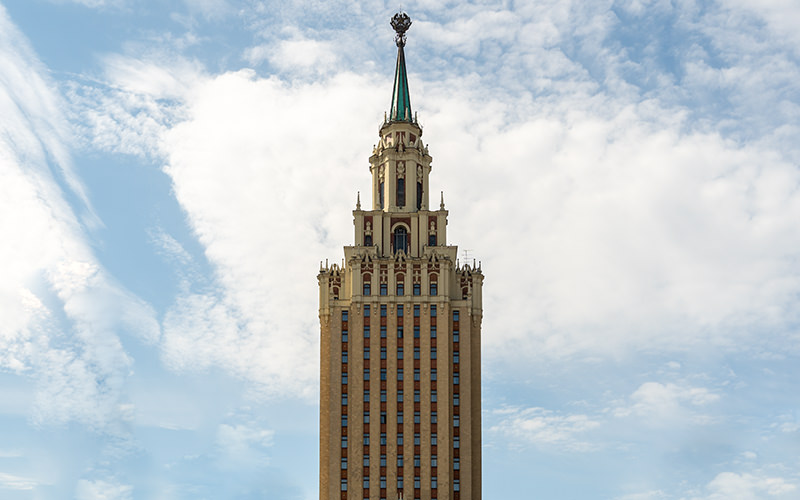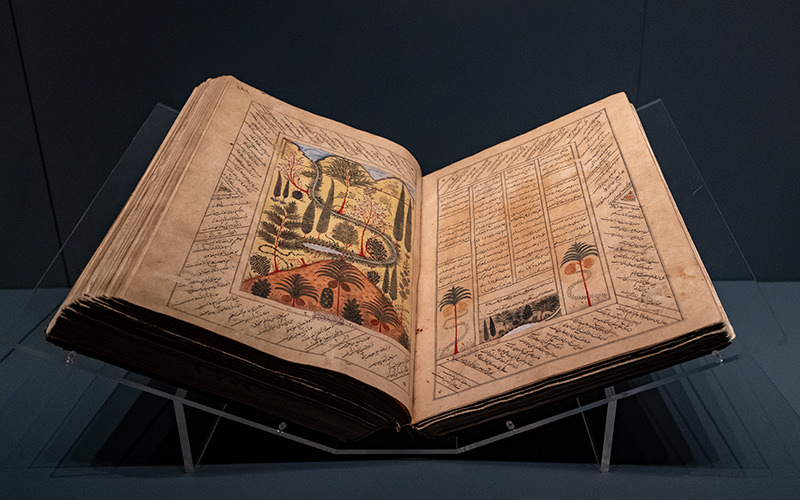If you come to Istanbul and head to see the world-famous Hagia Sophia cathedral, your route will likely cross a long square with a fountain and tall obelisks. Many centuries ago, there was a huge hippodrome located here. Today, I suggest that you join me on a virtual journey into the history of this ancient place and discover some fascinating facts about it.
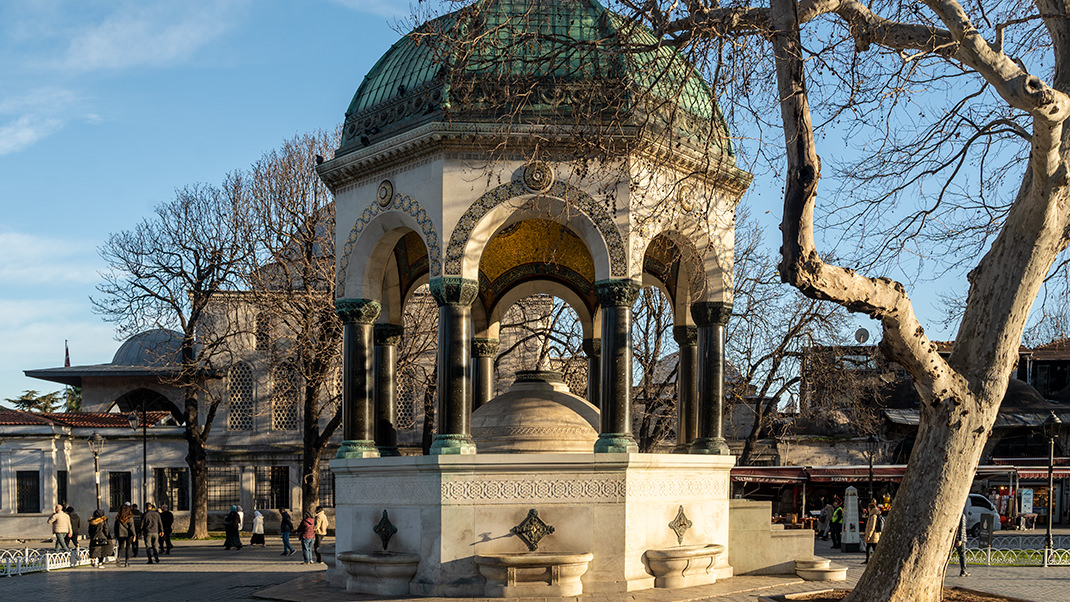
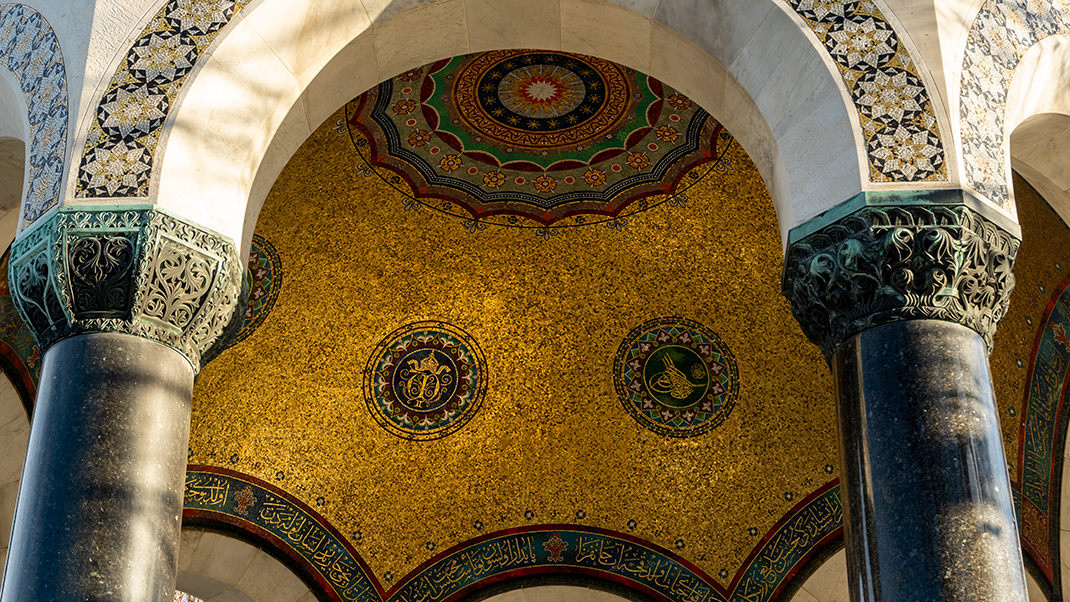

How to get there
The square, which used to be a hippodrome, is now called the Horse Square or At Meydanı in Turkish. Its territory is open for free and round-the-clock access. The tram stop T1 "Sultanahmet" is located 100 meters away from here. You can plan your route here to see the most popular landmarks of this area including the Hagia Sophia, Blue Mosque, Hagia Irene, and Basilica Cistern.
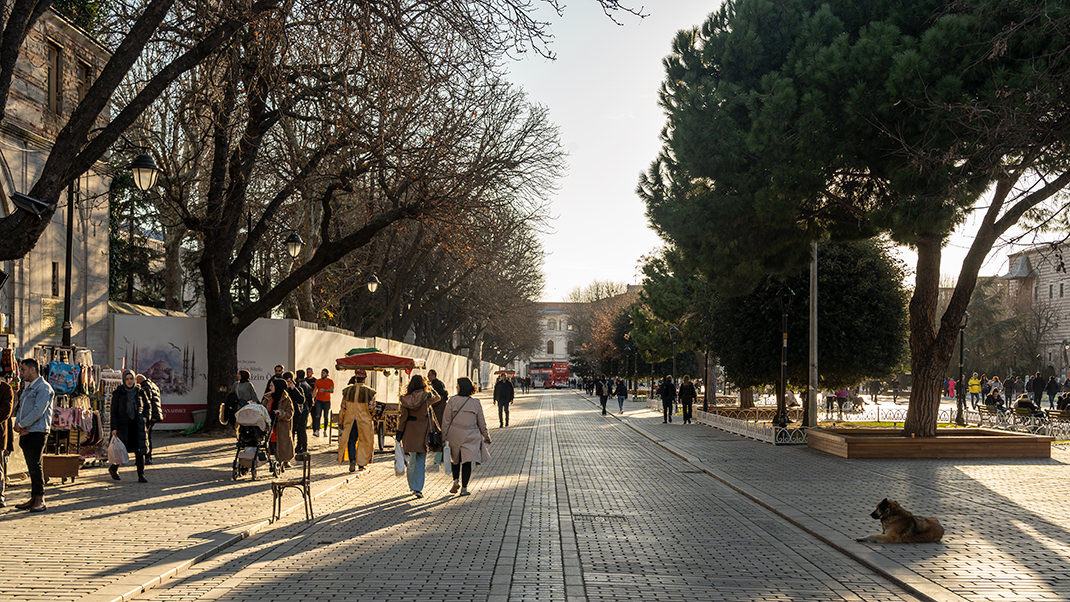
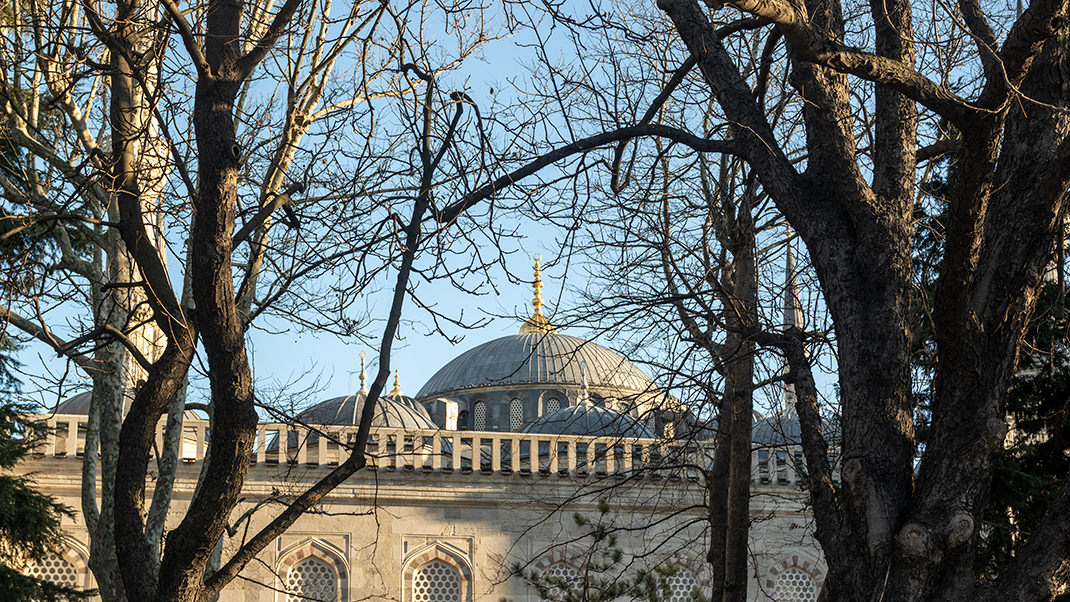

A bit of history
The first hippodrome appeared on this site in the year 203. In the following century, the structure was expanded, and its dimensions were 480 meters in length and 110 meters in width, significantly larger than the current size of the Horse Square. Chariots passed where modern pedestrian paths now surround the square, and multi-level grandstands accommodating up to 30,000 people replaced existing structures on the site.
Chariot races continued until the 13th century, and two centuries later, the ancient landmark became ruins. The building materials remaining from the hippodrome were used in the construction of the Blue Mosque. At the same time, the square on the site of the hippodrome began to be called the Horse. This was since a game resembling polo was played here.
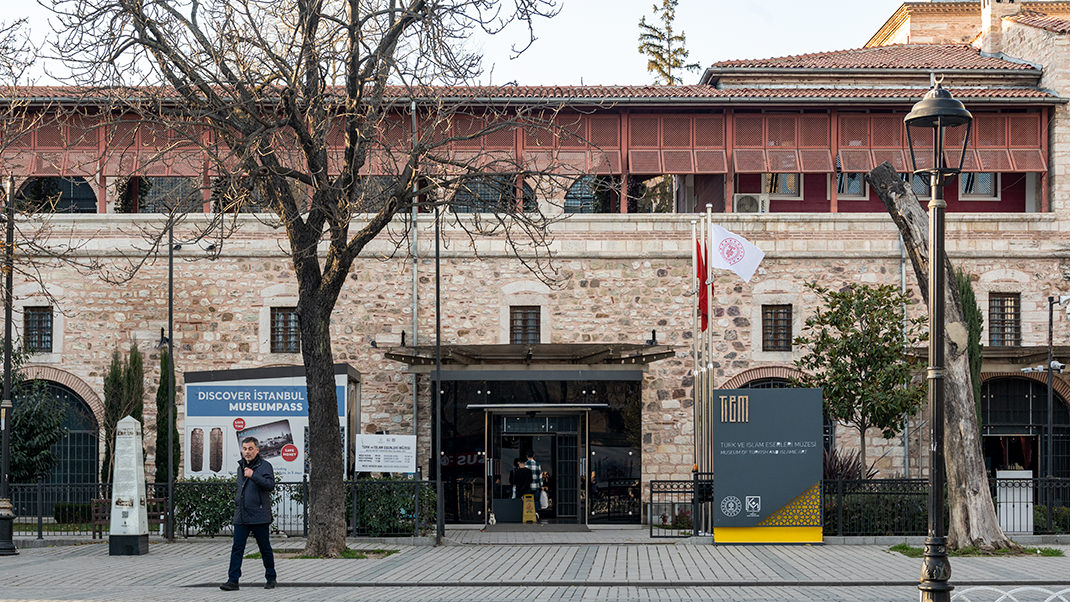
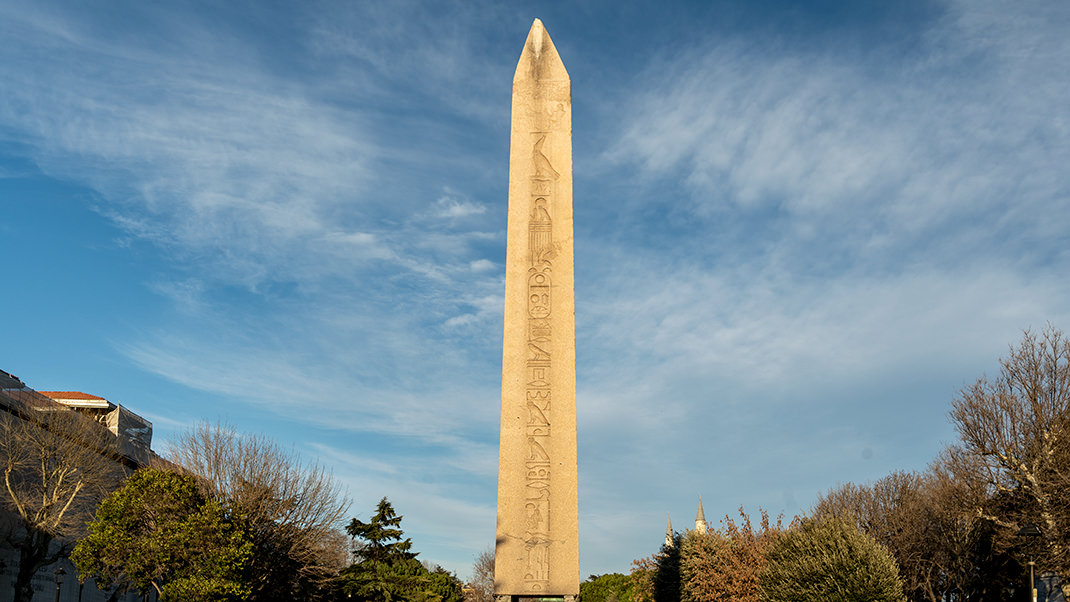

Sights of Hippodrome
Once there were many statues and monuments on the hippodrome site. Many of them have been lost, but today we can still see several unique historical objects. The oldest of these is the Obelisk of Theodosius in the northeast part of the square. Its age is approximately three and a half thousand years. This gigantic monument was originally erected in the Egyptian city of Thebes. It was brought here at the end of the fourth century. The obelisk, like other monuments located here, is in a small recess, as the current level of the ground is five meters higher than it was here once.
Near the obelisk is the Serpent Column, which was brought from the Temple of Apollo in Delphi. Originally, the monument's pinnacle had three snake heads with a golden pot. These elements have not survived to this day, but a small part of one of the heads can be seen at the city's Archaeological Museum. On the hippodrome, the column was used as a fountain.
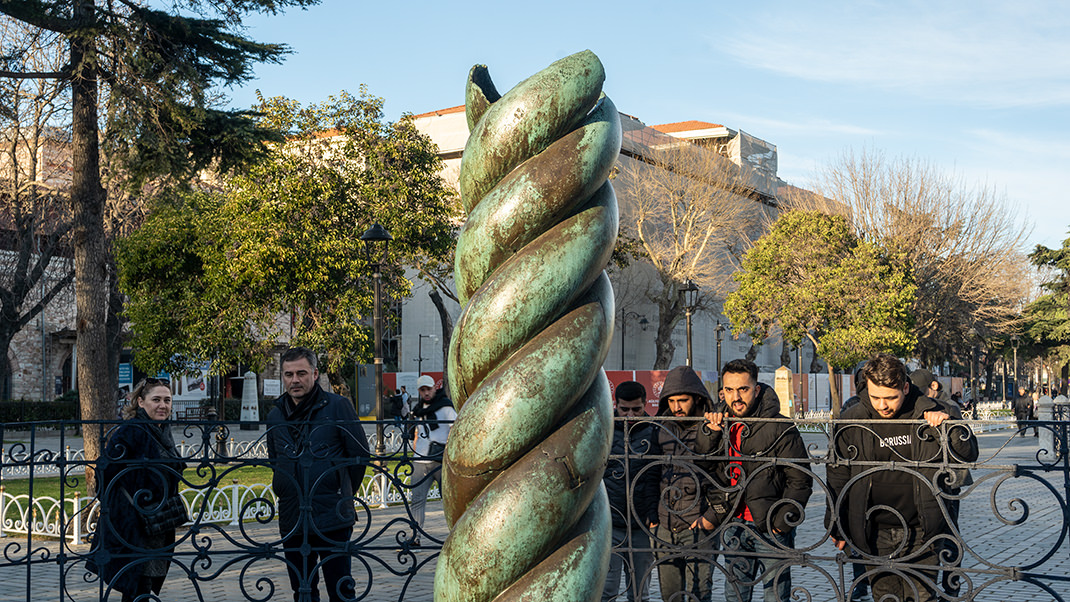
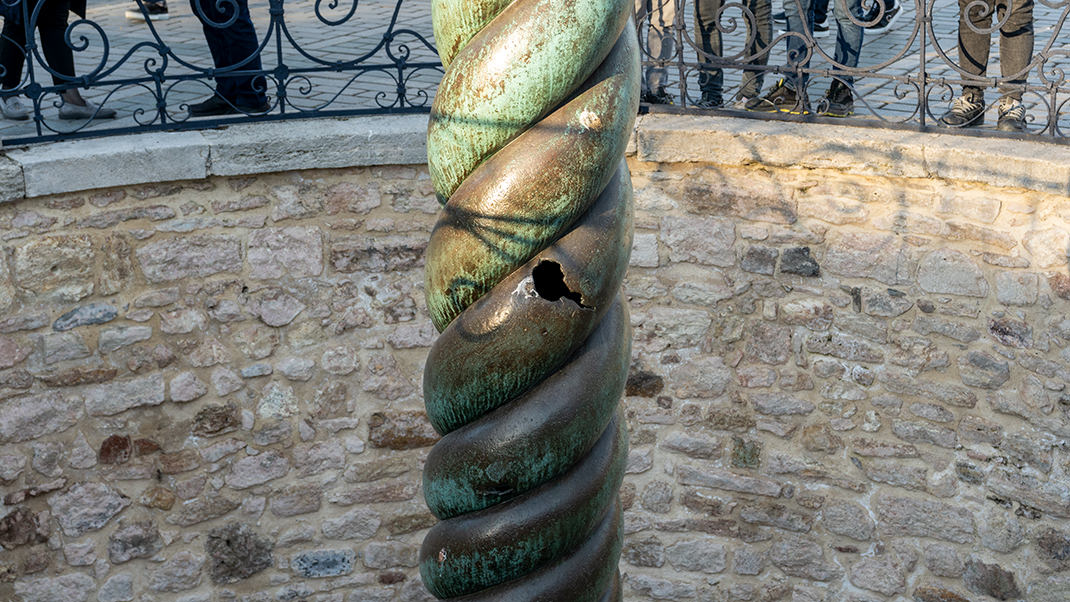
The next interesting object in this part of the former hippodrome is the Walled Obelisk. There is very little information about it. Of the noteworthy facts, I would highlight that the monument was once covered with bronze plates. These elements disappeared during the Fourth Crusade.
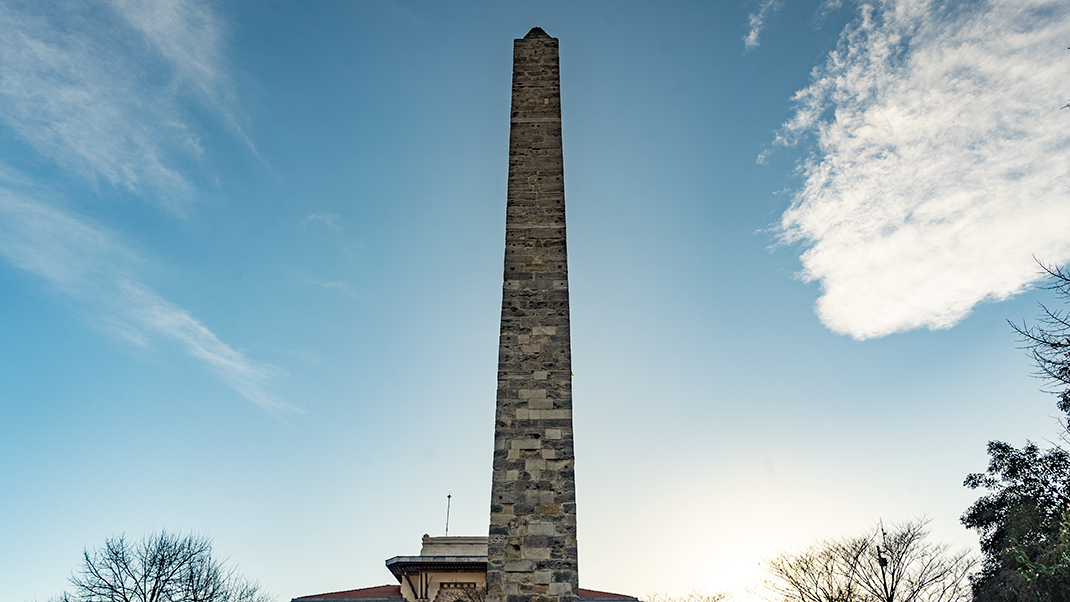
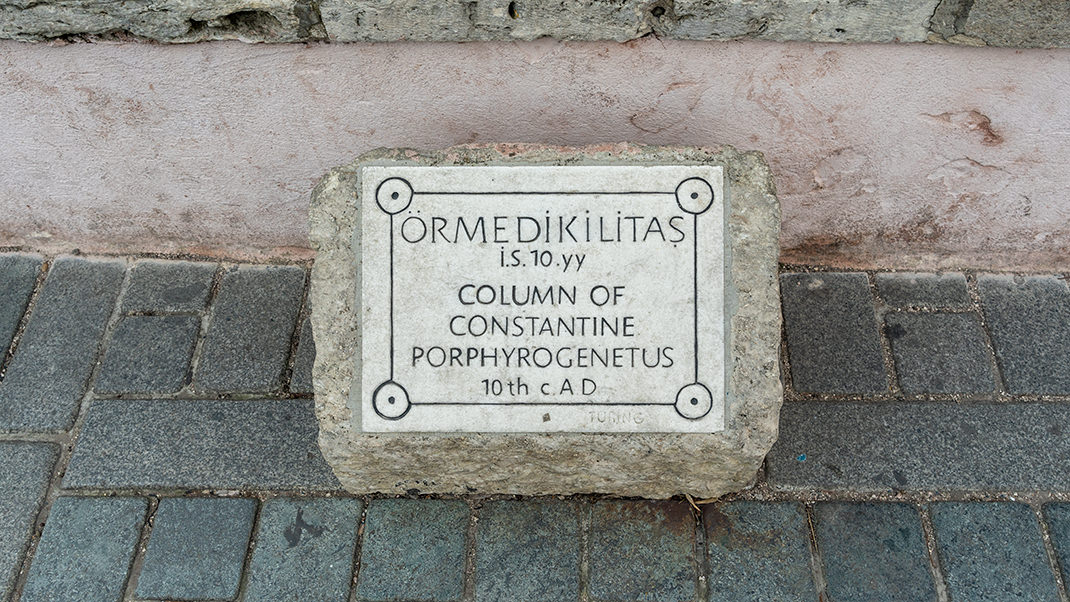

On the opposite side of the square, you can see the German Fountain (in some sources, it is mentioned as the Kaiser Wilhelm Fountain). Compared to other ancient objects located here, the construction seems quite young. The fountain was installed in 1901.
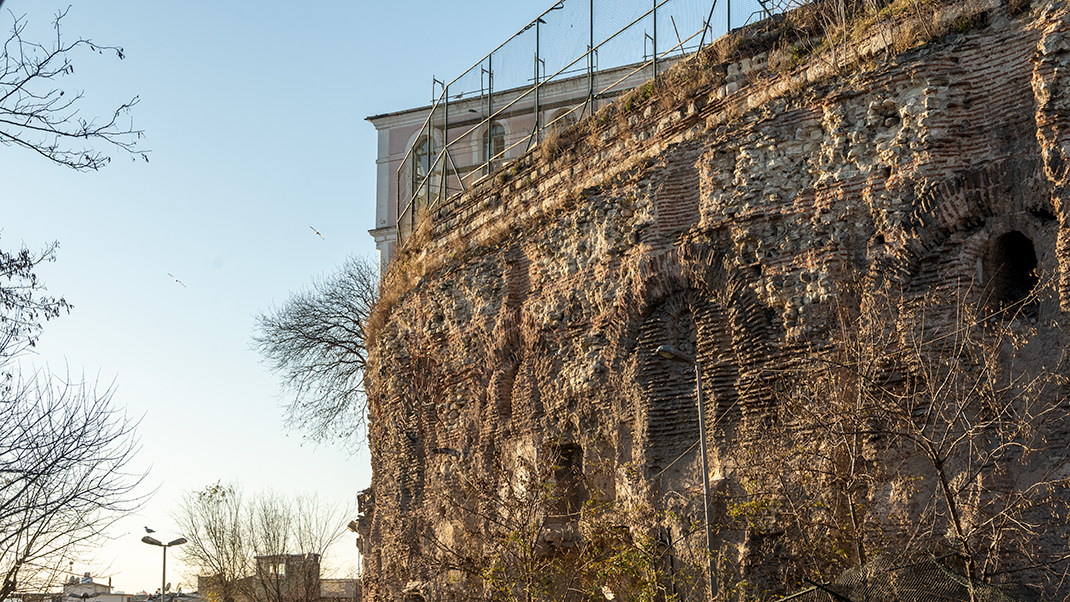
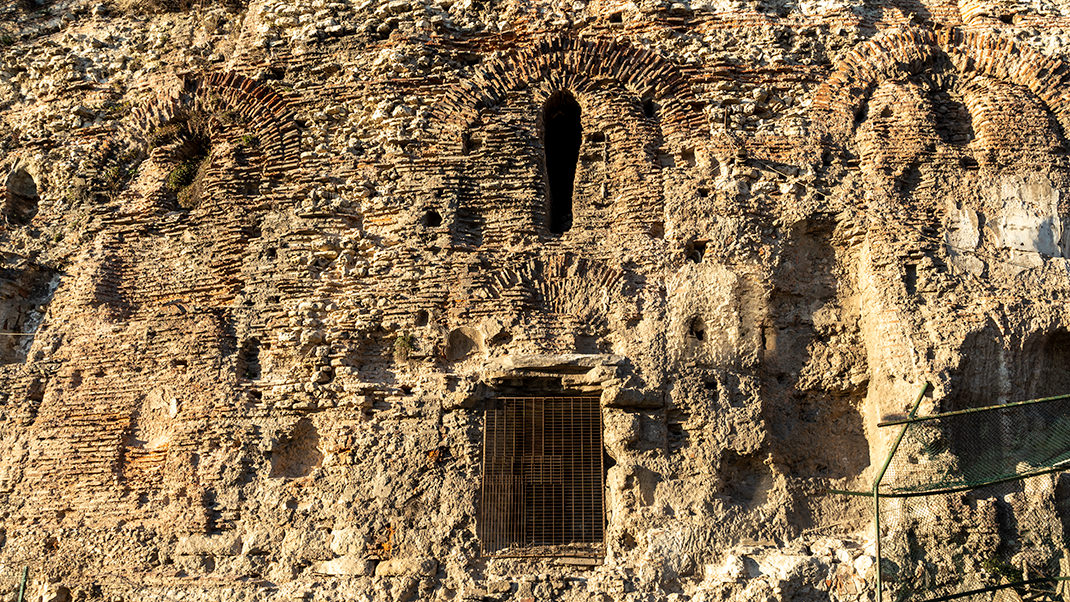
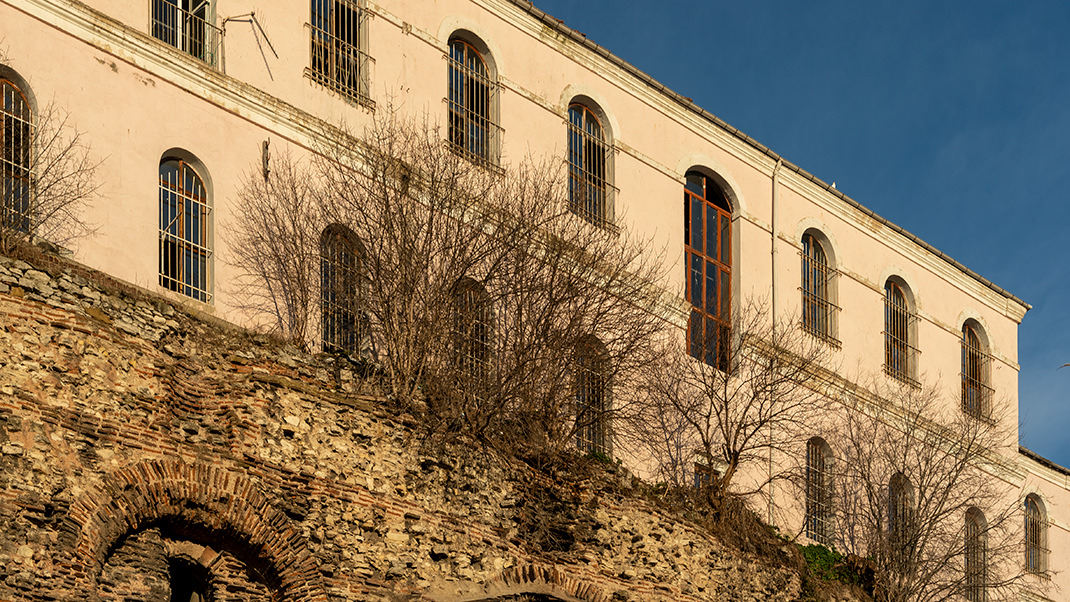

As I mentioned at the beginning of the article, there are many interesting places located near the site of the former hippodrome. Among them, I could highlight one little-known attraction that budget tourists will like. This is the Nakkaş Cistern, located under the store of the same name. There are not many tourists here, and visiting the underground kingdom is completely free.
Have a nice trip!



